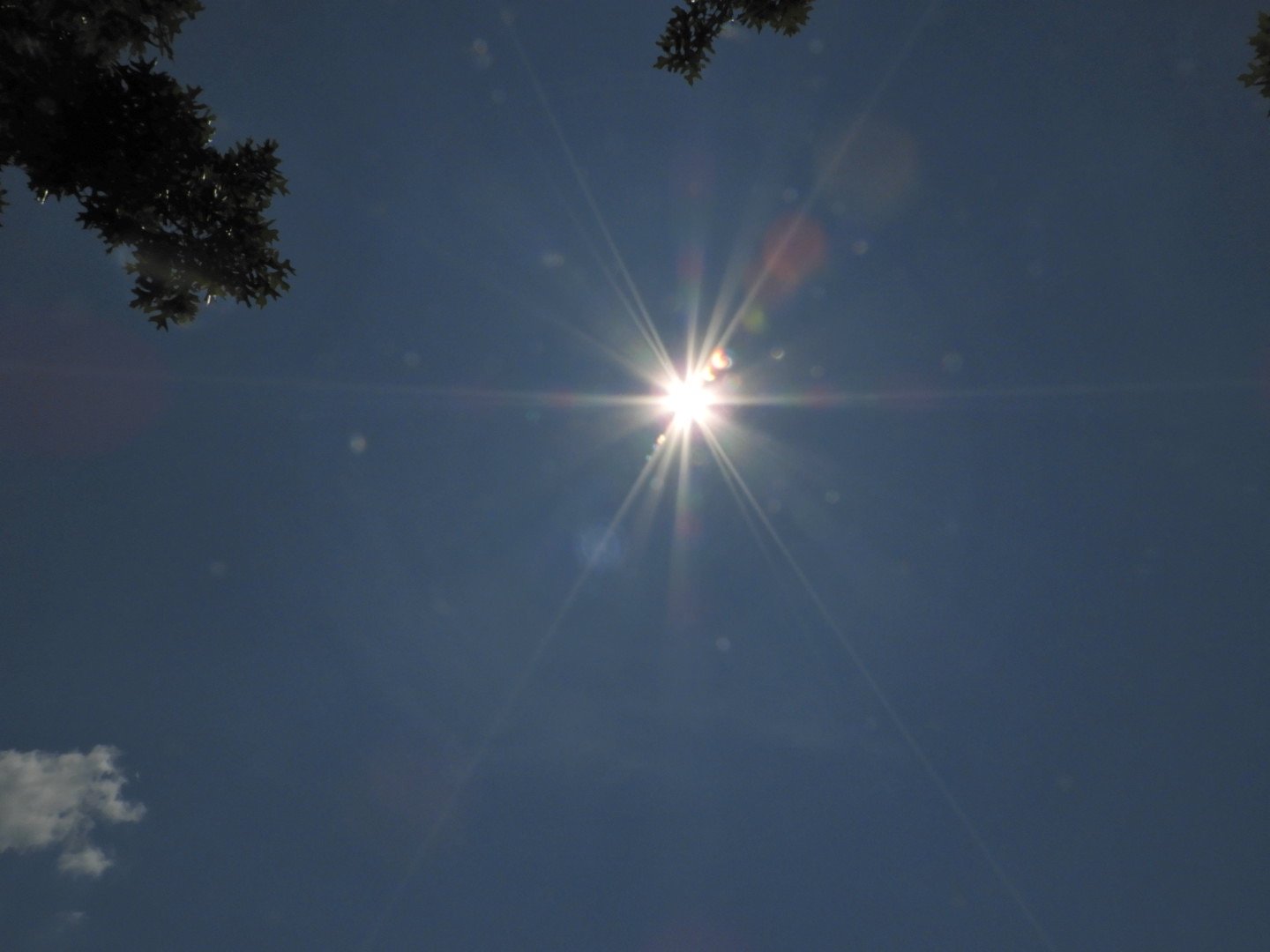TOTALITY
“Moment of Totality”—August 21, 2017 Total Eclipse viewed from Oak Grove, Kentucky, 1:26 PM CDT. Photo: courtesy Tim Liddell
Mimi Cavender
“Gotta’ be ready!” The grinning man behind me in the checkout line must’ve had a hundred bucks in frozen Gulf shrimp alone, plus a twelve-pack of toilet paper, assorted frozen pies, a shrink wrapped crate of bottled water, and two 12-bottle cartons of Chardonnay. His total joy was unusual in an old-ish guy. Where had he been all my life.
It was only the second week in March, a full month before E-Day, and Joy Man was jumping the gun a tad. He’d read the news. Every news source had been ramping up the excitement. Western Hays County will be in the path of the April 8, 2024, solar eclipse totality. Everyone from NASA to the Hill Country Sun published maps of eclipse totality—the path across North America of the darkest shadow of Earth’s moon as it passes between us and the sun in daytime, turning daylight into the dark of a moonlit night. The moon will be full and close enough to earth (“big”enough) to be able to completely block the sun’s blinding disk for up to 4.5 minutes, depending on your location; western Hays County will see 2 minutes and 2 seconds of totality.
The path of totality and partial contours crossing the U.S. for the 2024 total solar eclipse occurring on April 8, 2024. Credit: NASA Scientific Visualization Studio, Visualizers: Michala Garrison (SSAI), Ernie Wright (USRA); Technical support: Laurence Schuler (ADNET Systems, Inc.), Ian Jones (ADNET Systems, Inc.). Originally published on Monday, July 10, 2023, updated Tuesday, March 26, 2024 at 3:07 PM EDT.
Close to home, Hill Country Alliance announced the eclipse and what it means for Central Texas:
Experts estimate that as many as one million visitors will travel to the State of Texas for this event, with a large majority choosing to observe from the Hill Country. With the odds of good skies paired with peak wildflower and migratory bird seasons, it should be no surprise that we expect many first-time visitors to fall in love with this place we call home.
Annular Solar Eclipse viewed in San Marcos, Texas, October 14, 2023, 9:37 AM CDT. Behind some clouds, sunspots are visible through the camera’s protective solar filter approximately 2 hours and 15 minutes before totality. Photo: courtesy Betsy Cross
So what’s the big deal? It’ll be an hour of the sun’s shrinking crescent before 2 minutes of totality. Then two minutes of a black sun ball with maybe a tiny red flare or two spurting off the rim. Then another hour of the sun growing back into the bright sun disk. With the blinding white glare diminishing, the sun’s roiling surface—with potentially dangerous sunspots!—will be visible through your eclipse glasses. For folks interested in off-planet Nature at its rawest, this is a big deal.
And a rare one. Total solar eclipses (the moon completely blocking the sun) happen regularly as viewed from somewhere on the planet; they just don’t always happen here! The totality of a solar eclipse won’t pass over this part of Earth for another 375 years! In 2399 I’m planning to be dead; don’t know about you.
Yes, it’s a big deal. It will be something unusual in our natural world. It can produce the awe our distant ancestors felt—the stuff of myths and legends. Pre-science humans thought the sun was being eaten by sky monsters or darkened by vengeful gods. They prayed and sacrificed prodigious numbers of virgins.
Prodigious numbers of ancient people went blind, too, after staring terrified into a disappearing sun and then gleefully into the returning sun. The virgins had done the trick, but oh my, folks were struck blind anyway. And we will be too if we don’t wear those jaunty eclipse glasses as we look up at the pre-eclipsed sun.
DarkSky Texas distributes these from their site and through our Master Naturalist colleagues with Hays County Friends of the Night Sky. Photo: courtesy Mimi Cavender
There are many places near you that provide certified safe solar viewing glasses or camera and telescope attachments. Be sure to call your local public library, H.E.B., Walmart, Target, Lowes, or other listed provider before you go, to be sure they're still in stock. Remember, nothing except certified eclipse glasses will protect our vision. We can remove them during the brief 2 minutes of totality, but we must put them back on to view the returning sun. Only special eclipse-ready telescopes and camera lenses can be used; normal optics will NOT protect our vision. No, squinting won’t work either.
You can watch progression to totality indirectly in these many “pinhole” projections through tree leaves onto the ground. Photo: courtesy Mimi Cavender
Leading up to the eclipse, why was my Joy Man and hundreds like him stockpiling supplies? Hays County anticipates that from Friday, April 5, through Tuesday, April 9, every road in and out of the path of totality will have heavy traffic similar to that fleeing Gulf hurricanes. Each town or city in the path could briefly double its population. And those visitors, having fogged in over several days, will all try to leave at once. There are some interesting preparation tips from Hays County for its residents. Hays County’s site also links you to these sites for useful eclipse information:
TxDOT Eclipse Page , Great American Eclipse , NASA - 2024 Total Eclipse , Get Ready Central Texas , Eclipse Prep for Landowners , Total Solar Eclipse Fact Sheet
That landowners’ site looks especially interesting. Like my guy, you Gotta’ be ready!
As this April issue of the Hays Humm hits the internet, you have a week before the April 8 event. You can still try for any Chardonnay that my Joy Man didn’t grab. Or you may already be reading this in that Kerrville bed-and-breakfast you reserved last year. But if you’re Chardonnay-less right here in Hays County, it’s smart now just to hunker down. Why not relax, mark your calendar for April 8, starting at 12:16 PM, with totality at 1:34 PM, lasting 2 minutes and 2 seconds. Put on your eclipse glasses, set up a lawn chair in a nice open area, hold hands with someone you love, and look up.
“20 Minutes till Totality” as viewed from Oak Grove, Kentucky, August 21, 2017. Photo: courtesy Tim Liddell
Hey, and grab a notebook! We Master Naturalists can do some awesome citizen science. The absolute best guide to this eclipse is the NASA site—really worth a full read! Its author Vanessa Thomas advises:
About 10 minutes before totality, begin to listen for changes in bird and insect sounds, or look for changes in their behavior. As the sunlight fades, wildlife might act as if nighttime is approaching. Birds, insects, or other animals might change their behavior just before totality.
With darkness, a Central Texas White-tailed doe beds down for the night. Photo: courtesy Rui Cavender
A grey fox kit ventures out to explore the Texas Hill Country night. Photo: courtesy Rui Cavender
At dusk in San Marcos, Texas, grackles flock in to roost by the thousands on utility wires. Photo: courtesy Rui Cavender
There are anecdotal reports that dogs and livestock may expect food, birds go quiet, bees return to the hive. Night-folding leaves, such as those of oxalis or some mimosas, recoil. There may be a drop in temperature, a slight breeze. Record anything you notice and the exact place and time.
The Hays Humm wants your stories of the April 8, 2024, Total Solar Eclipse. Send us your photos (taken with solar protection equipment!) and your description of how Totality 2024 went for you. Send to news@haysmn.org.
UPDATE!
As this April 2024 Hays Humm posts, exactly a week before eclipse day, the Austin, Texas, NBC television news affiliate, KXAN, is following weather predictions for Monday, April 8, from the National Weather Service. As of Sunday, March 31 at 6:45 PM CDT, Nick Bannin posted the following forecast for Central Texas:
With a little more than a week until the celestial event, the forecast for the eclipse is looking mostly cloudy and potentially wet.
The best laid plans of mice and men—and those millions of eclipse chasers—might go horribly astray! But keep your eyes on the prize because if you don't like the weather in Texas, wait a minute.
October 14, 2023, Annular Solar Eclipse
San Marcos, Texas
9:37 AM CDT to 1:35 PM CDT
Betsy Cross
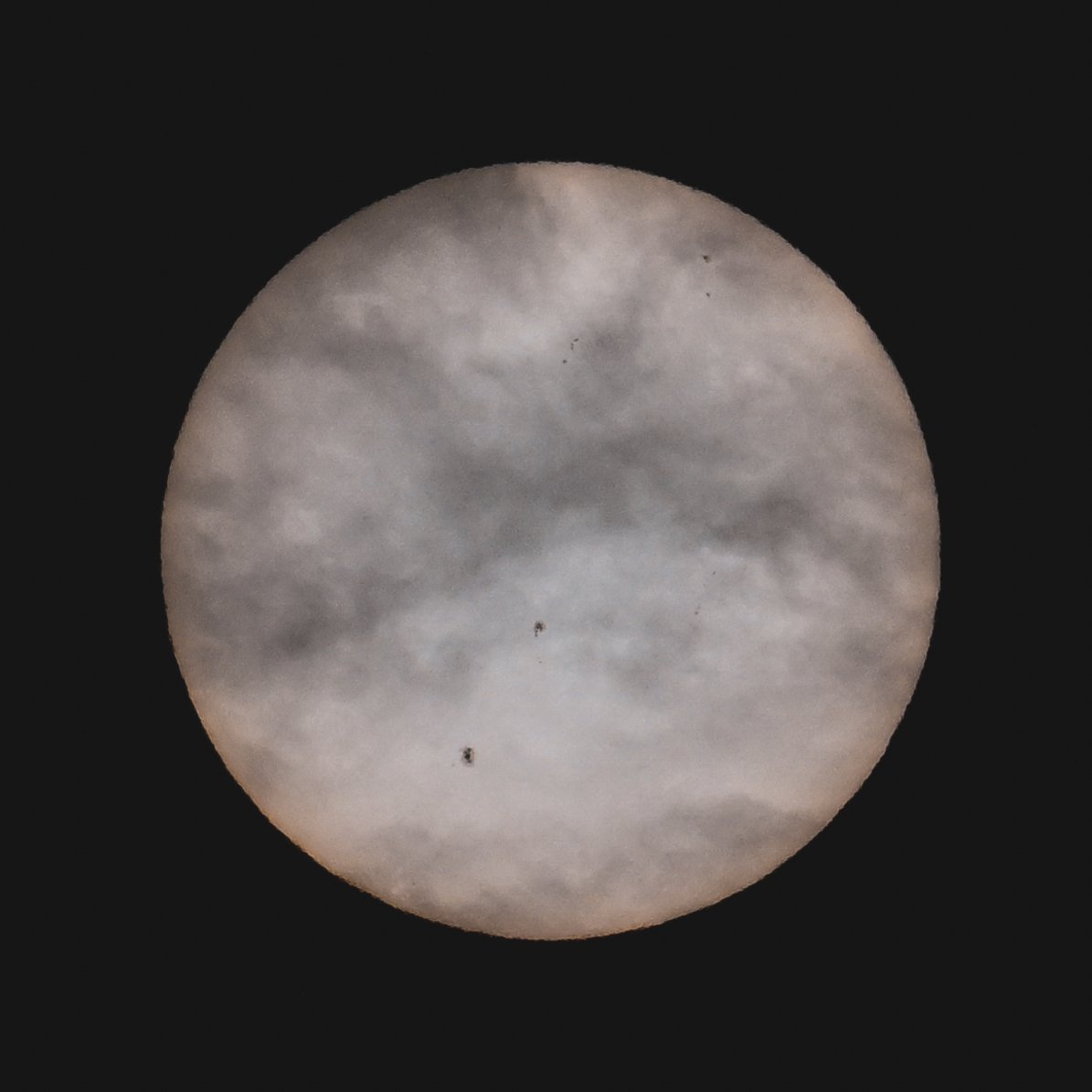
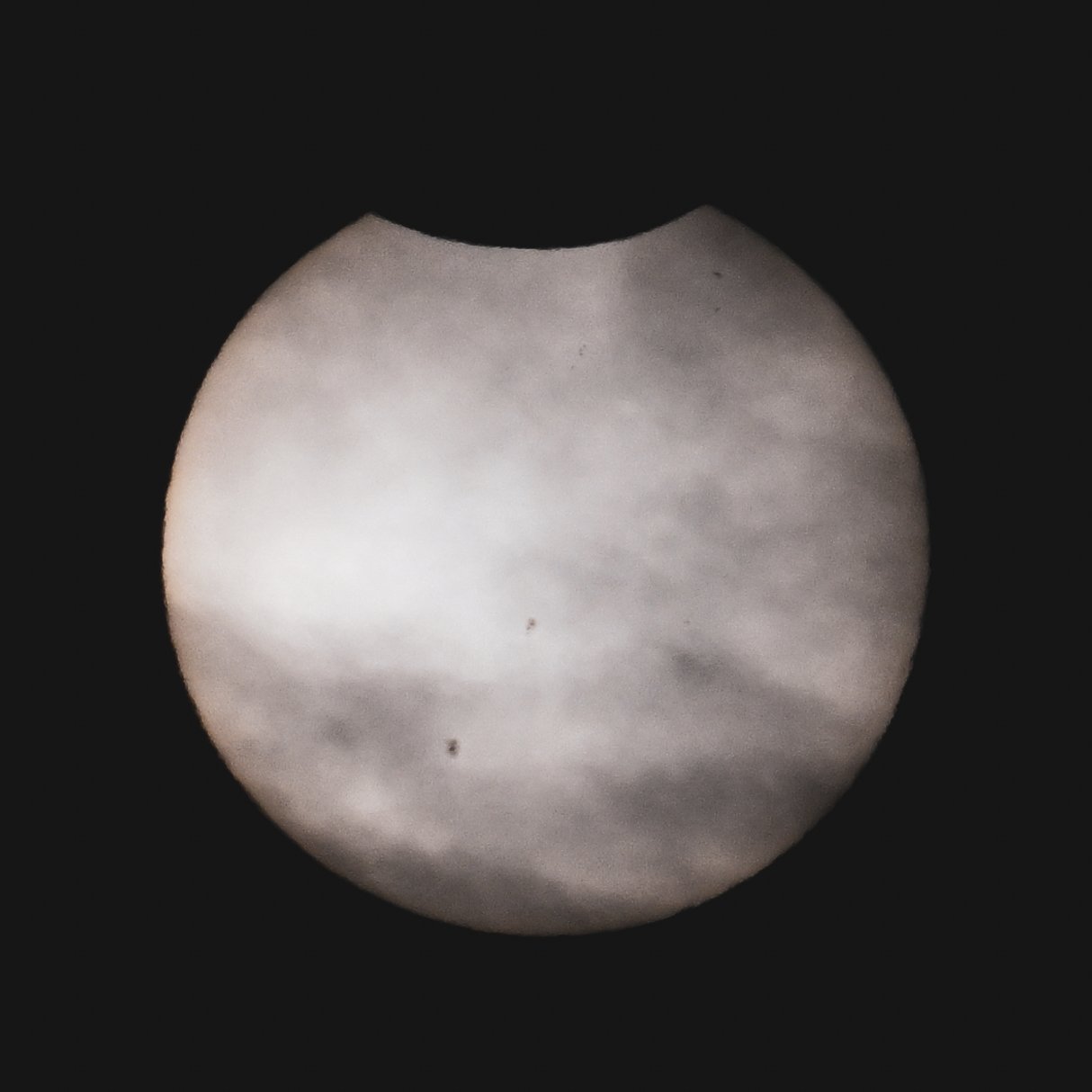
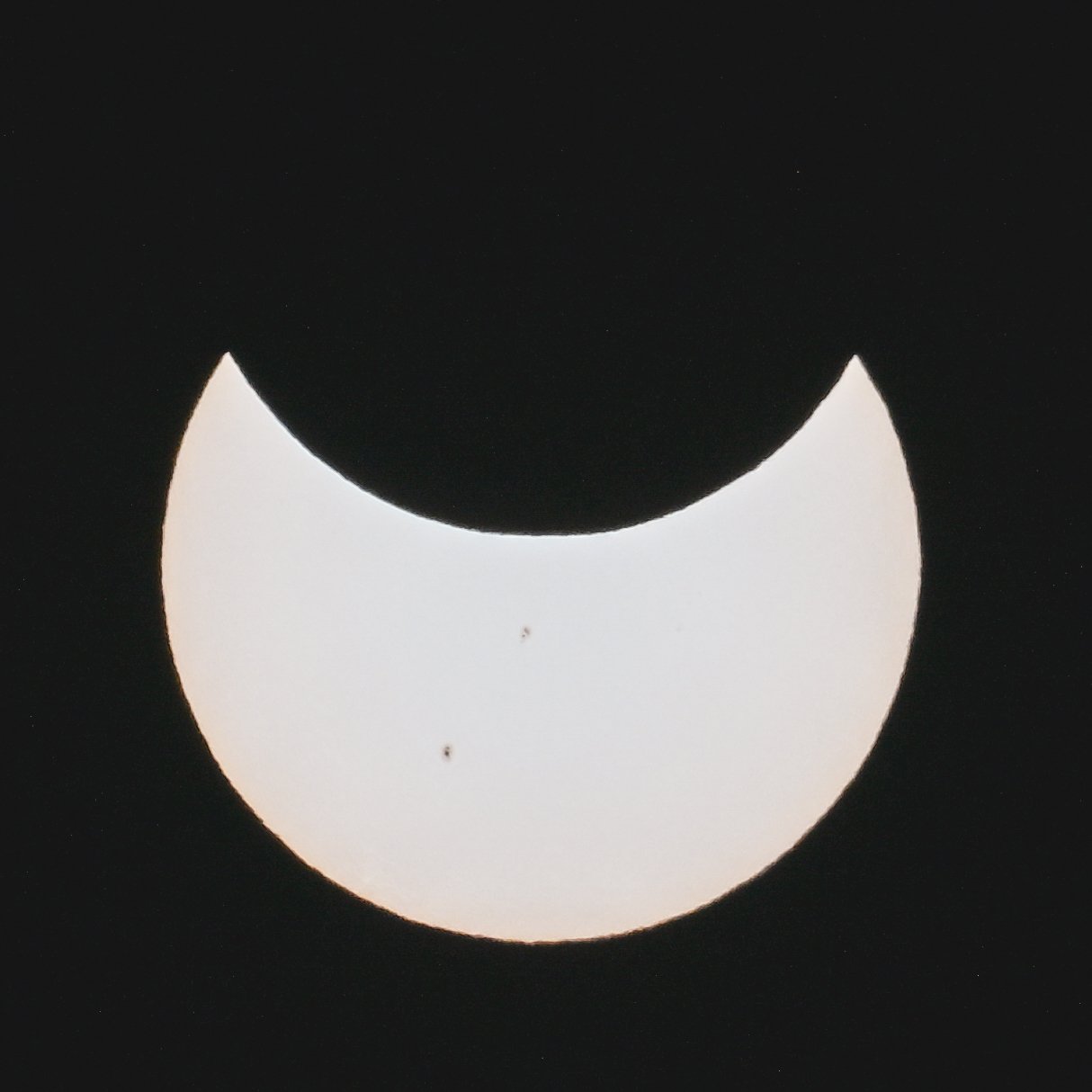
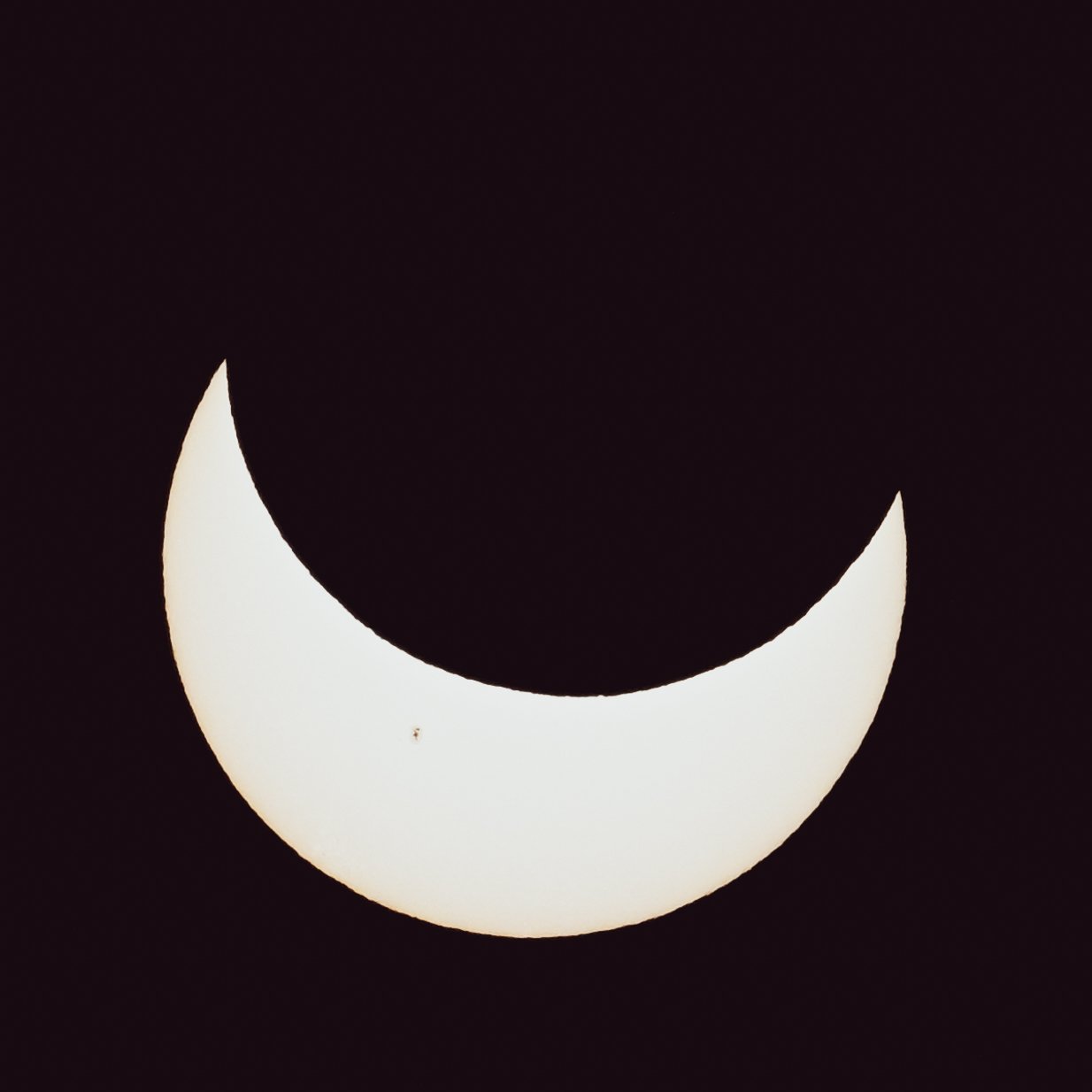
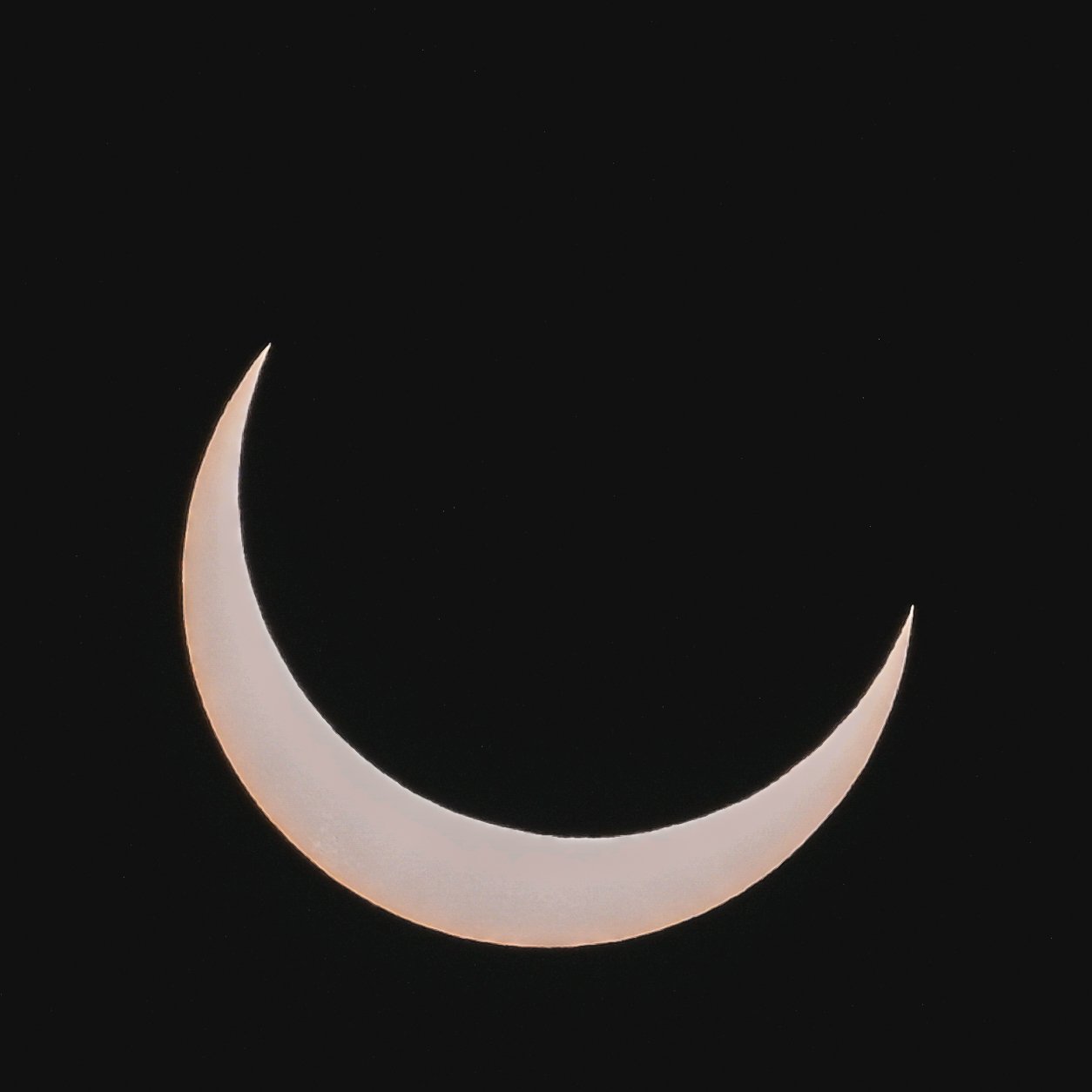

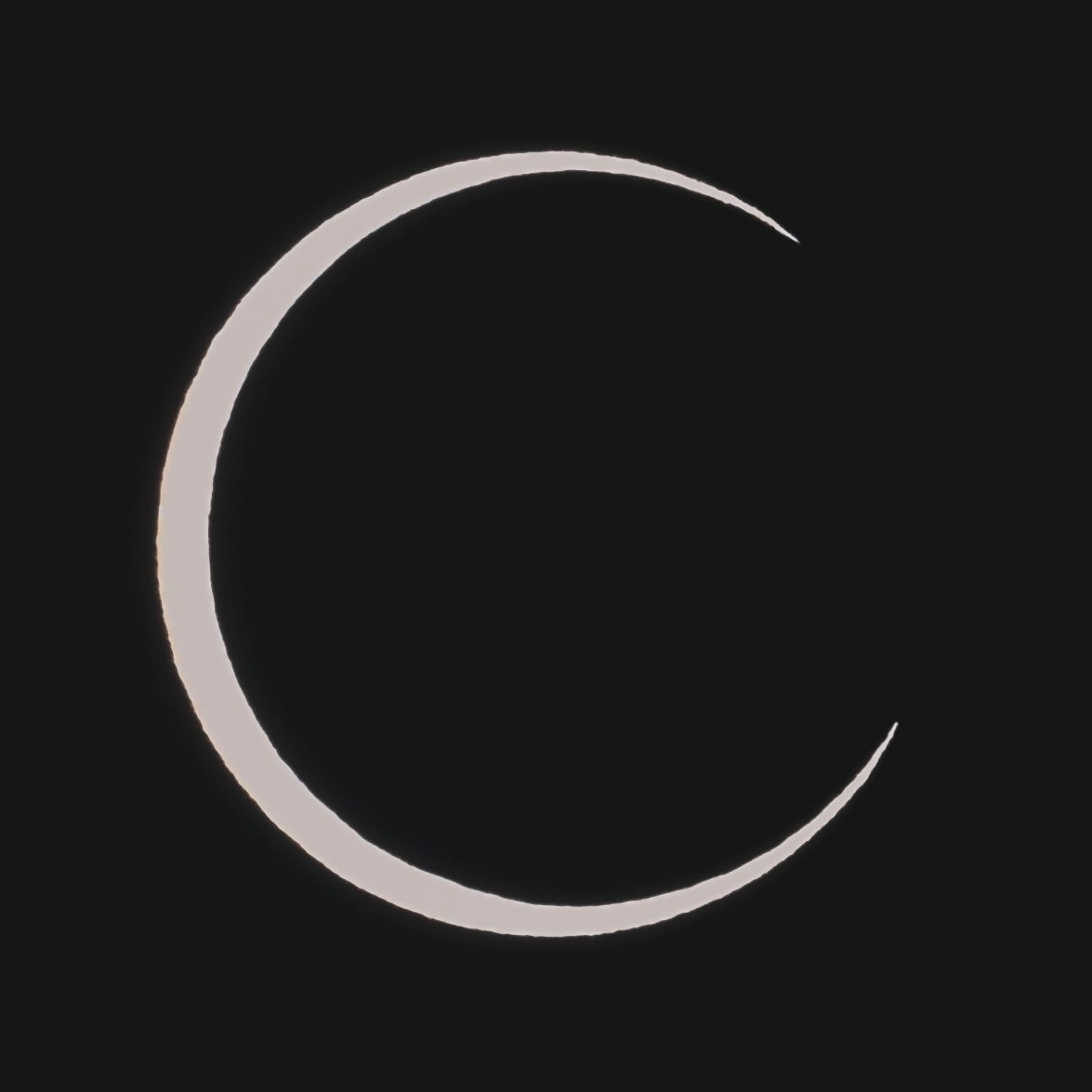

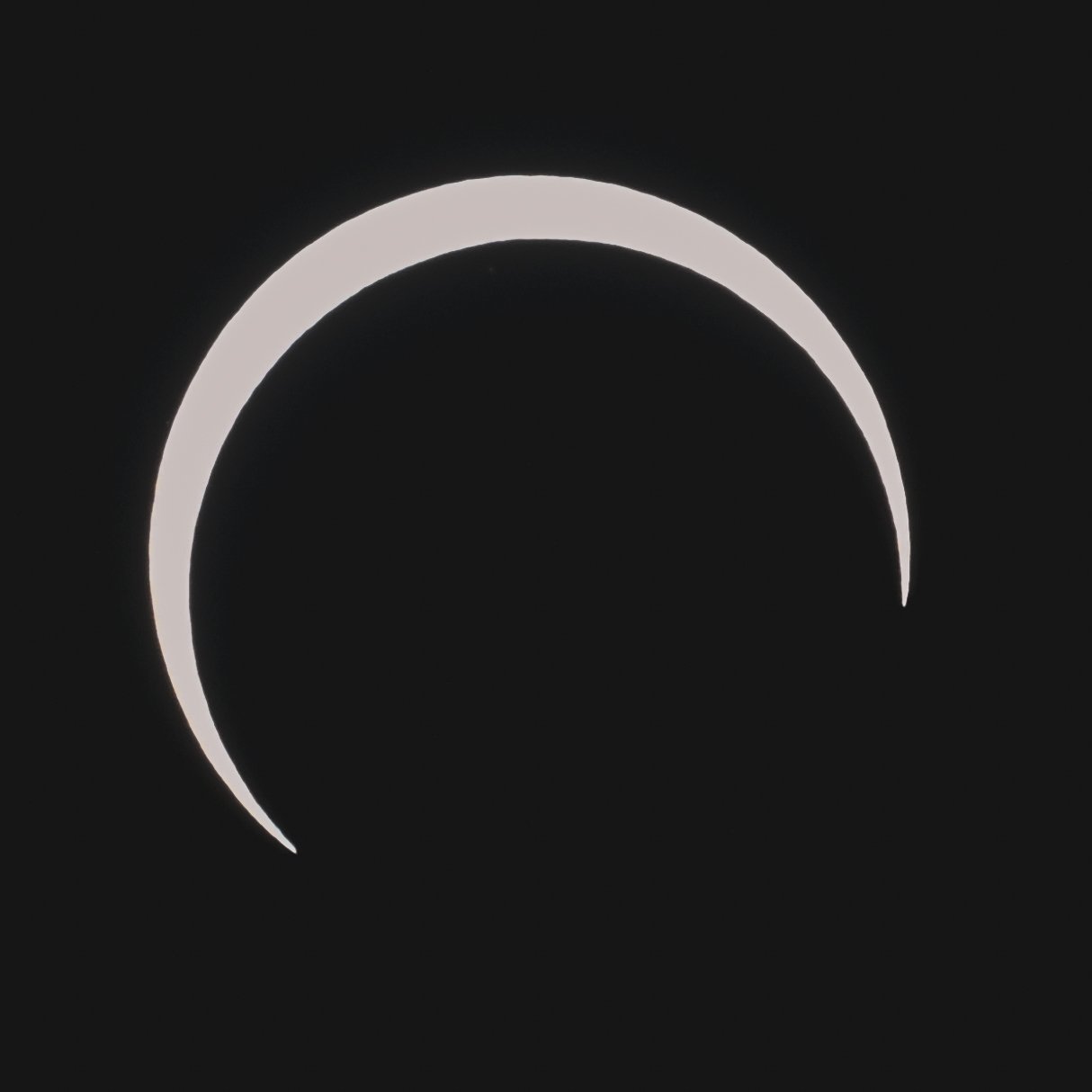
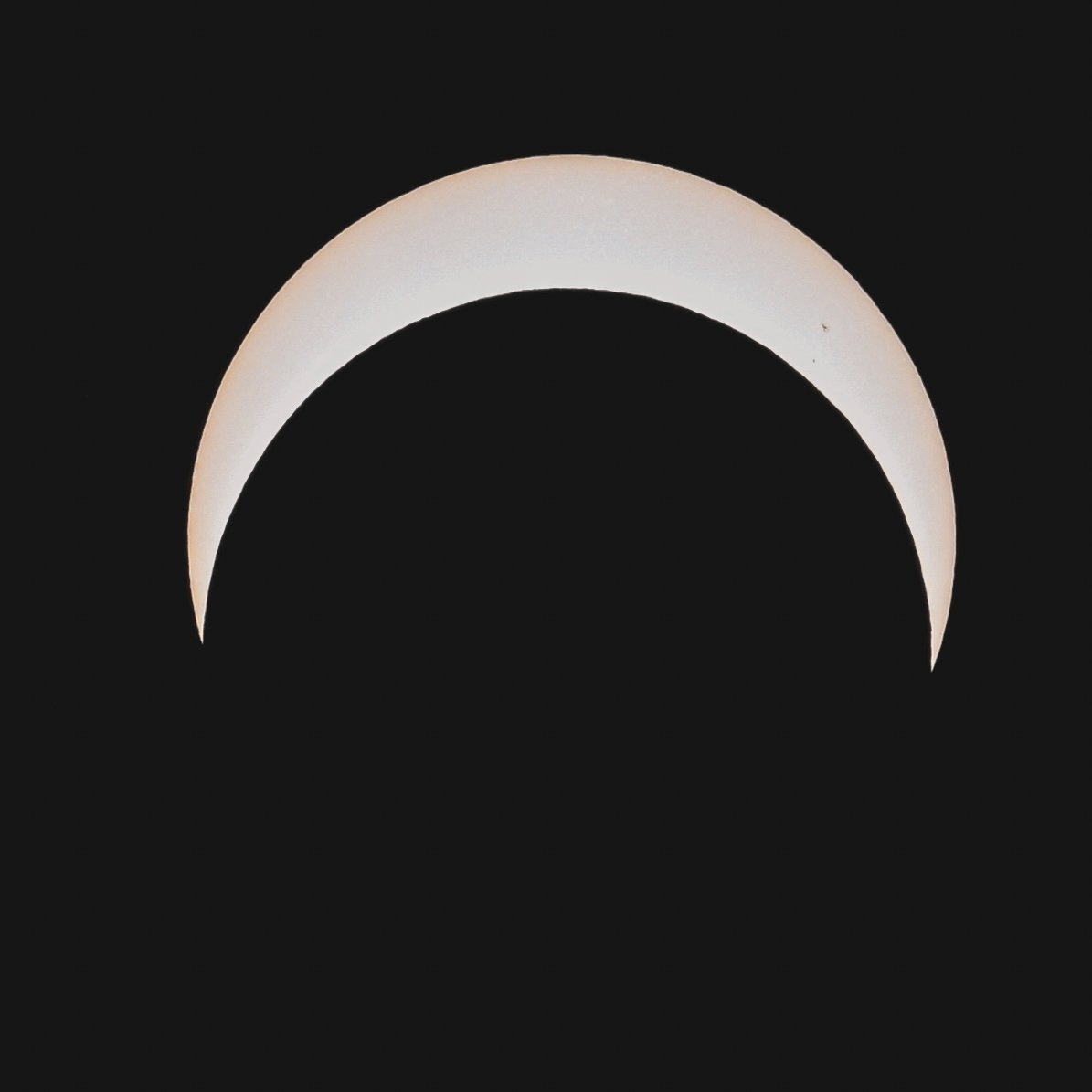
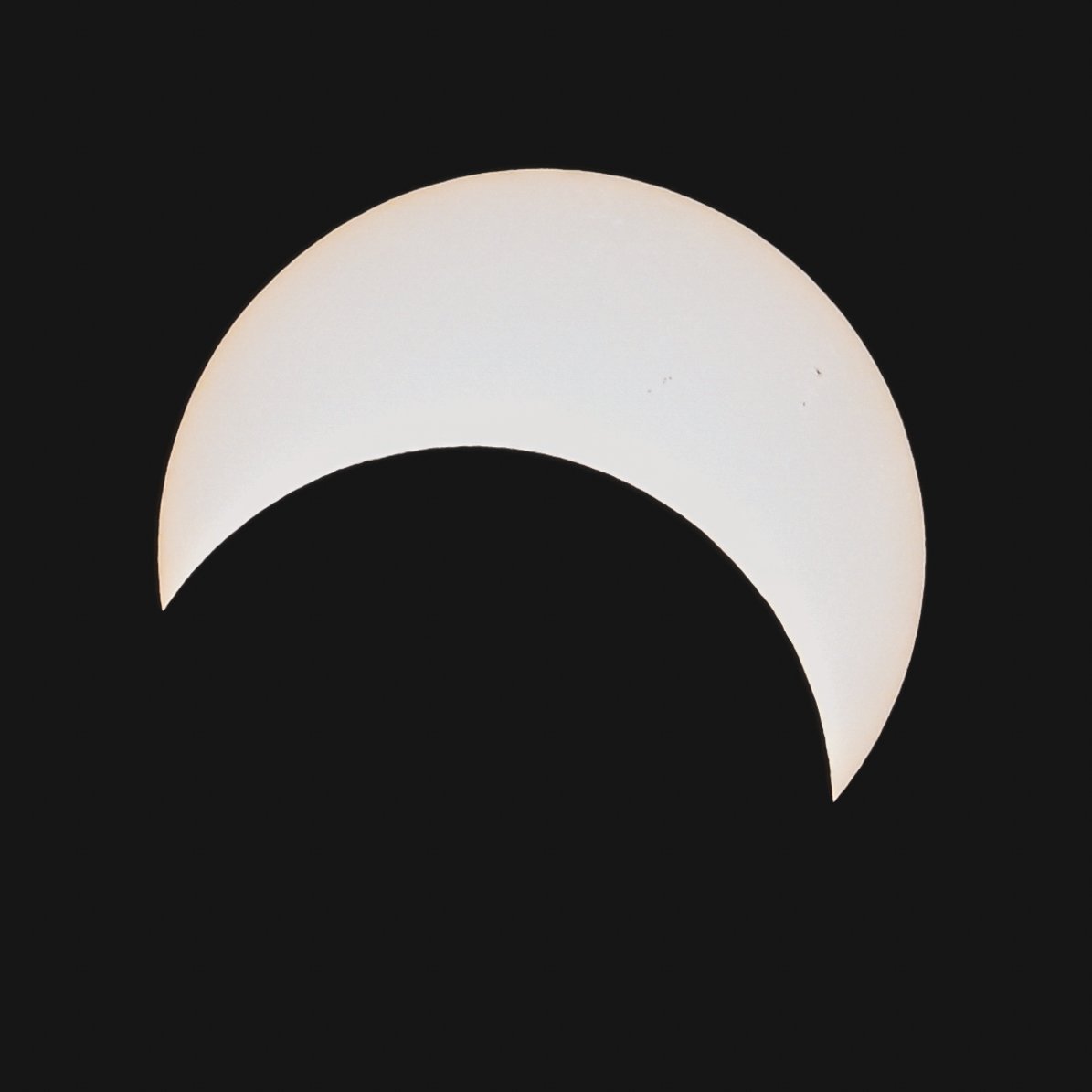
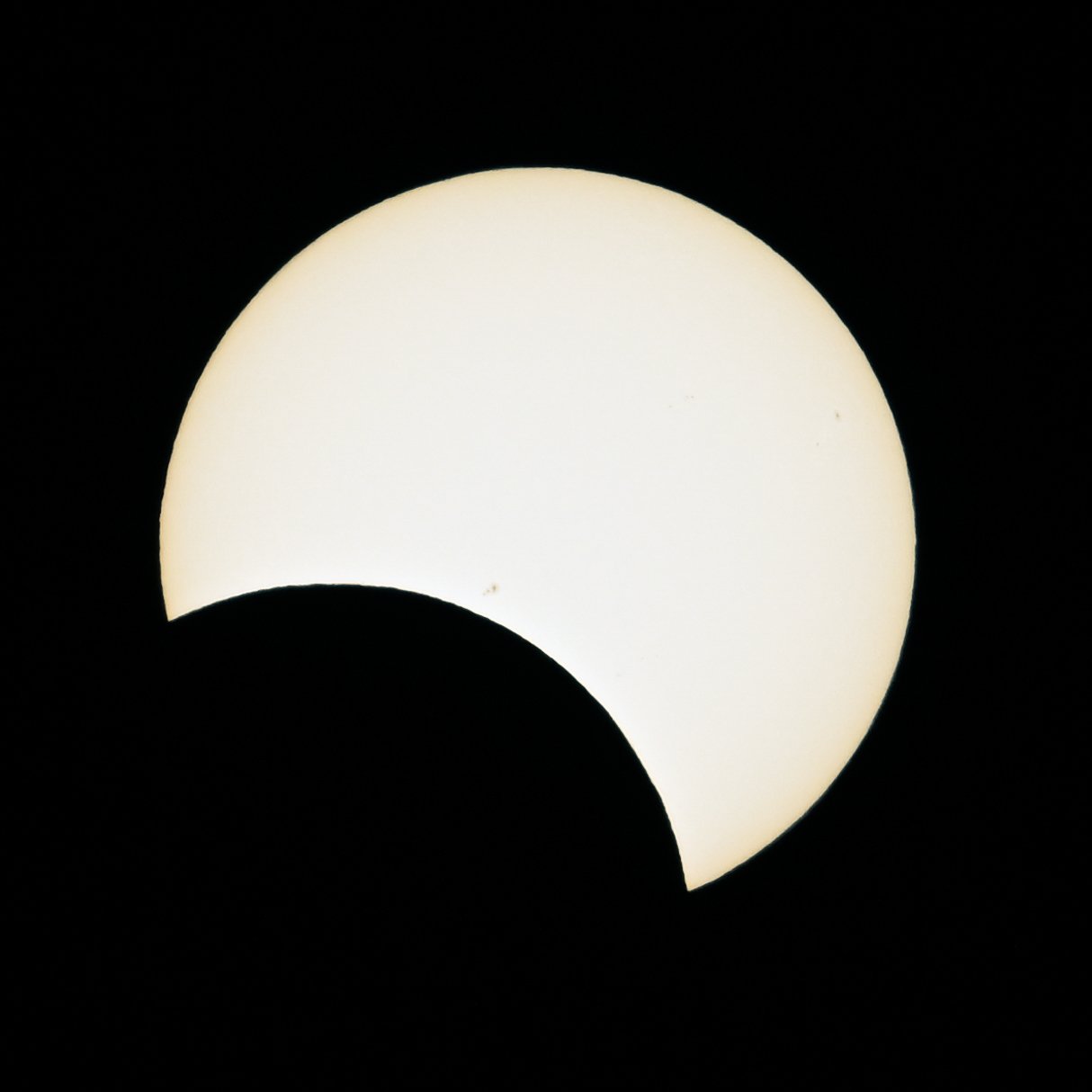
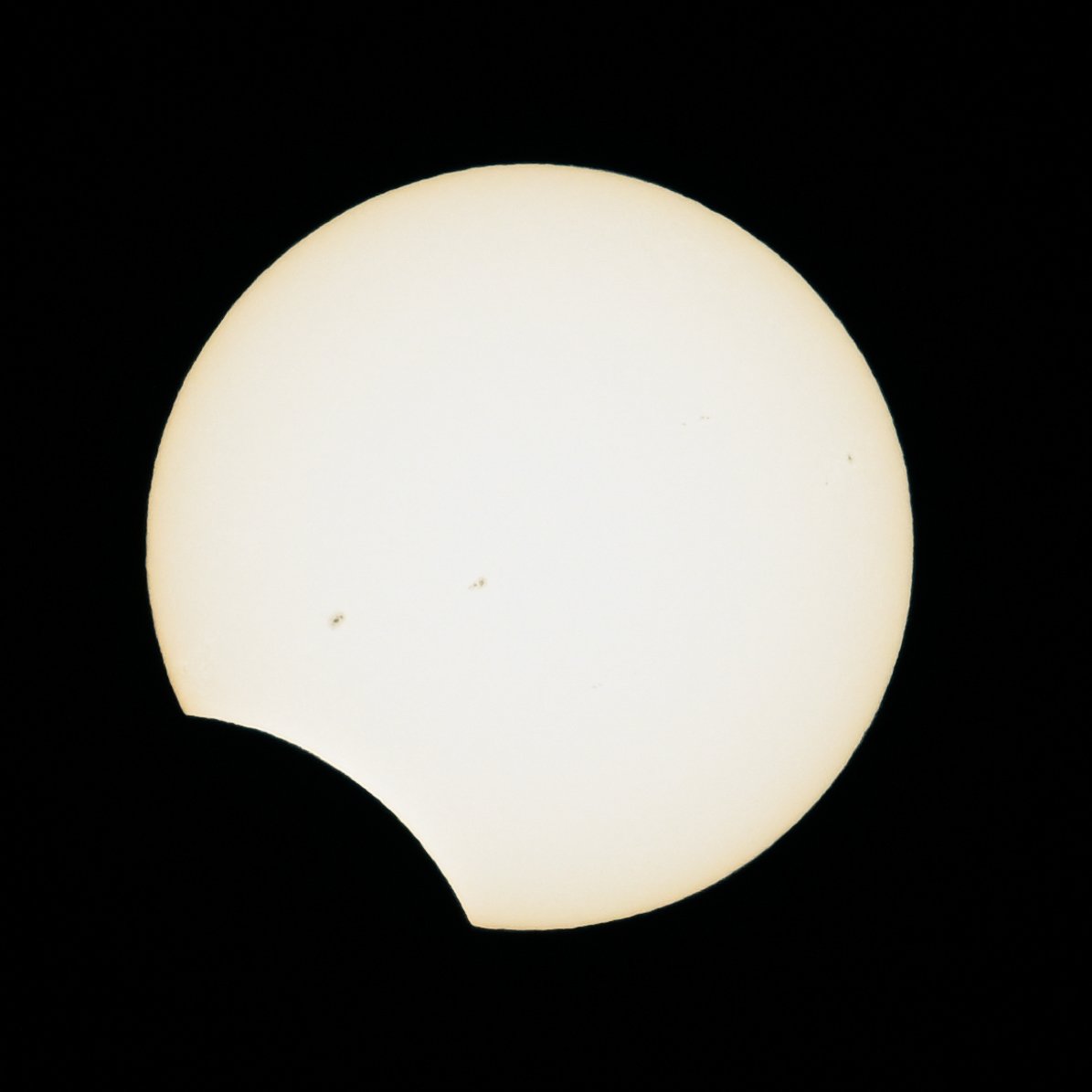
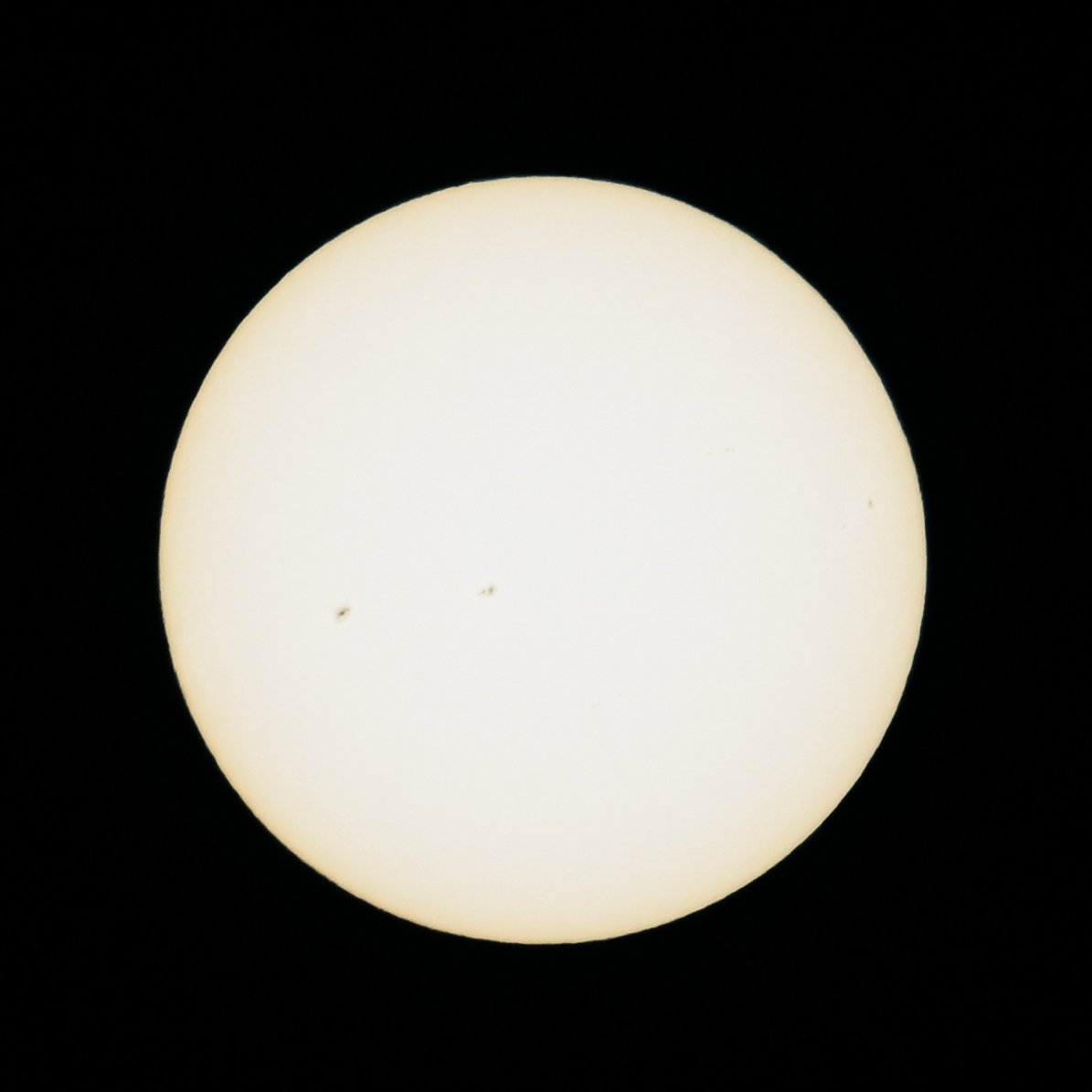
October 14, 2023, Annular Solar Eclipse viewed in San Marcos, Texas, 9:37 AM CDT to 1:35 PM CDT. Slideshow: courtesy Betsy Cross



